
Everyone has seen "Hokkaido 3.6 milk" and "A5 wagyu beef" at least once when they go to a supermarket. However, you simply know it's "good", but can you say what's actually good? Finding good food isn't about luck, it's about understanding the meaning behind the numbers you see often.
What is the difference between "3.6 milk" and "4.0 milk"? Is "A5 Wagyu" tastier than "A4 Wagyu"?
If you can master the meanings of these numbers, your shopping success rate will increase dramatically and you will be respected by your family and friends!
Question 1: What does "3.6" in "Hokkaido 3.6 milk" mean?
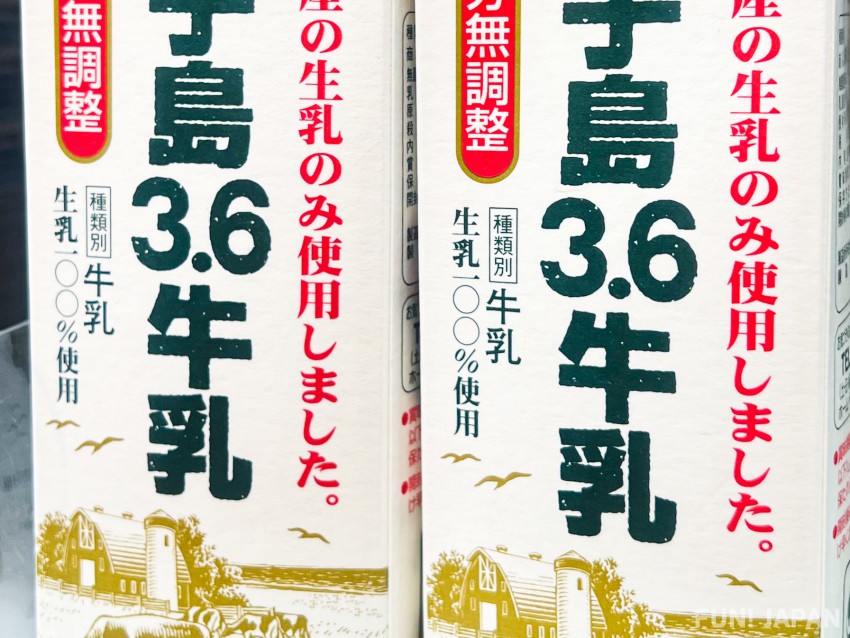
The numbers "3.5" and "3.6" that you often see in milk product names. I'm sure I'm not the only one who has the image that the higher the number, the richer and more luxurious it is. However, it is not always true that the higher the number, the better it is.
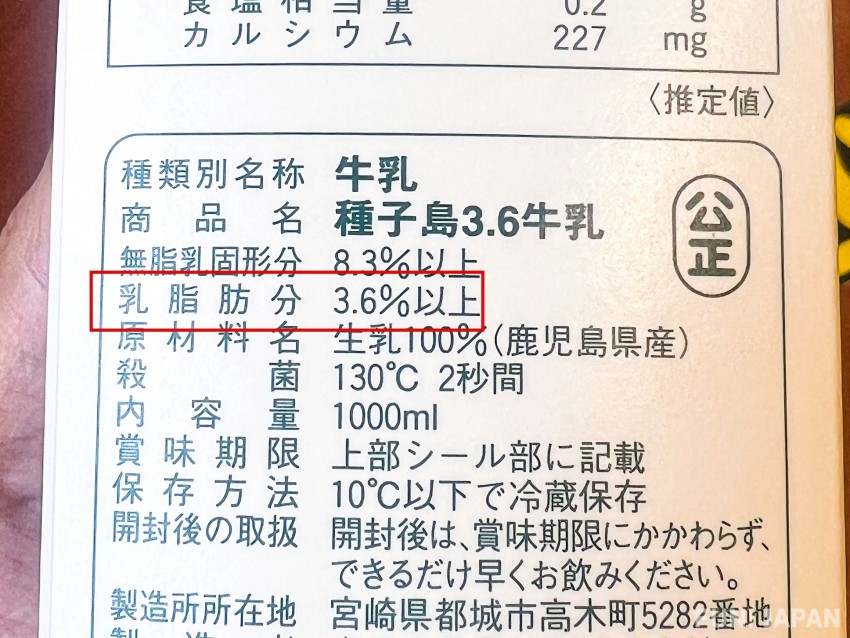
In fact, this is a number that indicates the "percentage of fat content in milk'', in other words, it represents the ratio of fat content. "3.6" means that 100g of milk contains at least 3.6g of fat, "4.2" means that 100g of milk contains at least 4.2g of fat, and so on.
Generally speaking, commercially available "milk" can be classified into the following six typesー
- Milk (ingredient whole milk):
100% raw milk. Milk that has been sterilized and packed as it is (adding water and etc. is prohibited by law). - Ingredient adjustment milk:
100% raw milk with adjusted ingredients such as water, milk fat, and minerals. - Low-fat milk:
Formulated milk with a milk fat content of 0.5% or more but not over 1.5%. - Fat-free milk:
Reconstituted milk with a milk fat content of less than 0.5%. - Processed milk:
In addition to raw milk, added dairy products (skimmed milk powder, butter, cream, etc.), either rich or low-fat types. - Milk beverage:
Raw milk and dairy products are the main ingredients, with non-dairy products (vitamins, coffee, fruit juice, etc.) added (many products are labeled as "special" or "rich").
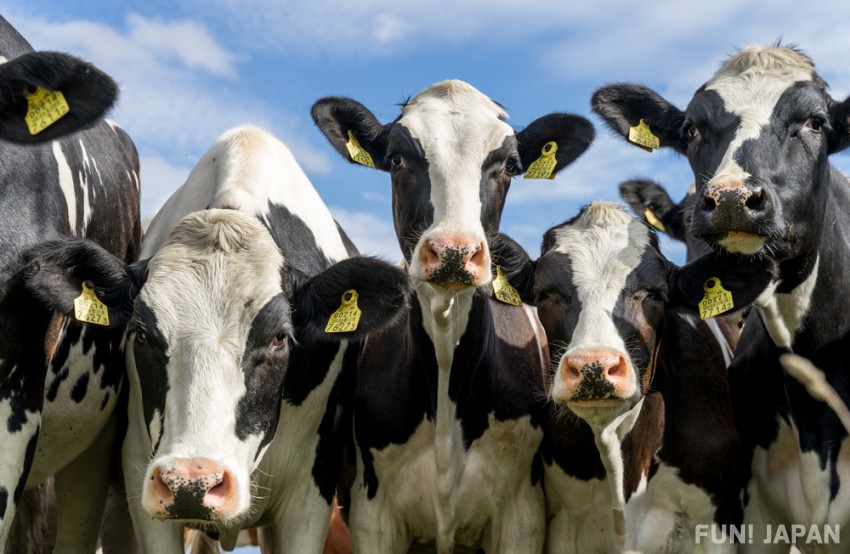
According to the "Ministerial Ordinance on Milk and Milk products Concerning Compositional Standards, etc." (Ministerial Ordinance for Milk, etc.), the milk fat content of type 1 "milk" is "3.0% or more, raw milk 100%, milk fat content 3.0% or more without adjustment of ingredients, non-fat milk solids content of 8.0%. or more”. For example, if the milk fat content is 3.6% or more, it is possible to name the product "3.6 milk." But when asked, "Is the more milk fat the tastier?", that's not the case.
The higher the milk fat content, the richer the milk and the stronger the aroma, but factors such as the cow's feed, the growing season, and the length of sterilization temperature and time in the production process also affect the taste. The next time you go shopping, don't let the numbers fool you ever again.
Question 2: What does "A5" in "A5 Wagyu" mean?

When eating wagyu, many people refer to the meat quality based on gradings such as "A4" and "A5". Perhaps many people are under the impression that "A5 grade = delicious"?
However, this is by no means a grading that indicates the quality of the meat. In 1961, the Japan Meat Grading Association established a "yield grade (in alphabet)" and a "meat quality grade (in number)" based on the "Beef Carcass Trading Standards." Indeed, "A4", "A5" and etc. are a price formation standard that grade meat quality in a total of 15 stages by combining the two evaluations.

"Yield grade (budomari)" is "the ratio of partial meat (*2) obtained from meat on the bone (*1)". The amount of "eatable part" is evaluated on a three-grade scale from A to C (highest is A, lowest is C). The more edible meat that can be taken from the carcass, the higher the yield grade. In general, Wagyu beef is said to be A grade, and fattened beef other than Wagyu beef is said to be B grade.
*1 Meat on the bone: Meat on the body of a slaughtered cow after the skin, bones, and internal organs have been removed.
*2: Partial meat: Meat from which bones, excess fat, offal, etc., have been removed from the meat on the bone. There are a total of 13 cuts, including neck, shoulder loin, rib loin, and sirloin.
On the other hand, the "meat quality grade" literally grades the quality of meat. Evaluation items are 5 to 1 for each of the four criteria: "beef marbling", "color and quality of fat", "firmness and texture of meat" and "color and luster of meat" (highest is 5, lowest is 1). It should be noted here that the "meat quality grade" does not take the average value, but the lowest evaluation among the criteria becomes the meat quality grade.
For example:
| Evaluation Criteria | Grade | Meat Quality Grade | |
| Beef marbling | 5 | ||
| Color and luster of meat | 3 | → | 3 |
| Firmness and texture of meat | 4 | ||
| Color and quality of fat | 3 |
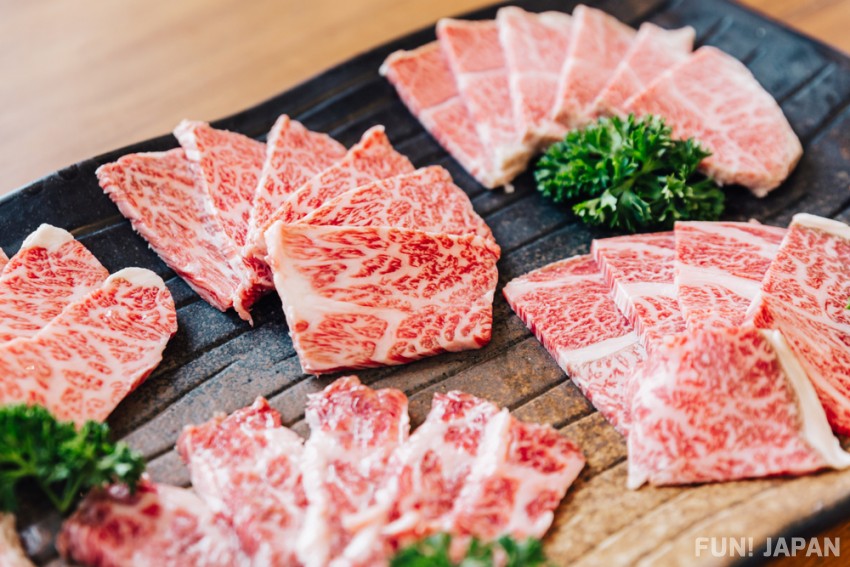
As you can see from the criteria above, the rating of beef is based on its appearance, not its taste. Isn't that surprising...? When purchasing meat, one way to select it is based on the vivid color of the meat and the texture of the surface of the meat, but don't forget that feed and breeding environment also affect meat quality too.
"High sugar content = sweet fruit" is also a big mistake!
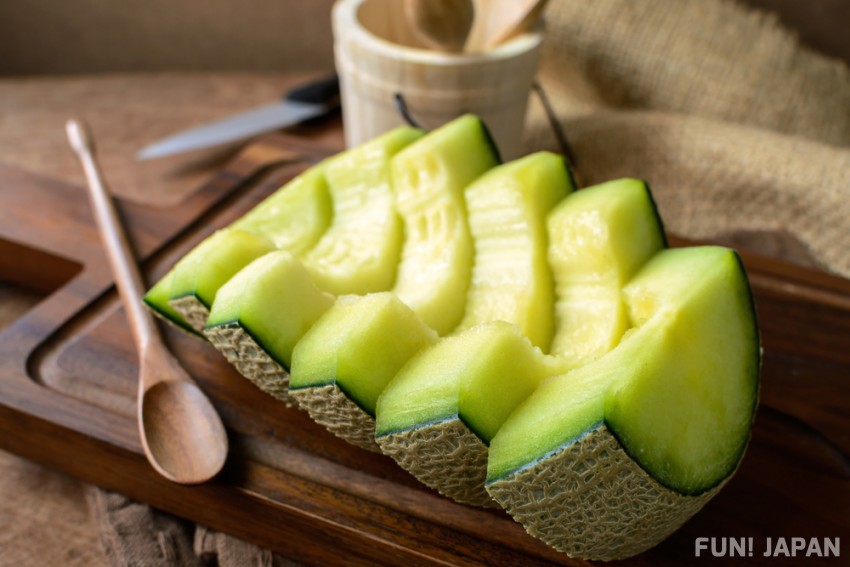
There are many more criteria for grading food. “Sugar content”, which is used to express the sweetness of fruit, is another example. The expression "sugar content ○ degrees (or higher)" is often written in pop-up banners in the fruit section. Are you under the impression that the higher the number, the better (sweeter)?
Sugar content is an indicator of the amount of "solid contents dissolved in water". Since all sugars (glucose, fructose, sucrose, etc.), as well as salt and acid, are included in "solid content," the sugar content indicates the richness of the taste, not the sweetness. (“Brix value” is the unit of measurement of sugar content)
According to the "Situation regarding Fruit Trees (June 2014)" announced by the Ministry of Agriculture, Forestry and Fisheries, the sugar content of common fruits is as follows.
| Fruits | Sugar Content | Acidity |
| Orange | 10.3% | 1.2% |
| Apple | 15.0% | 0.4% |
| Banana | 21.0% | 0.5% |
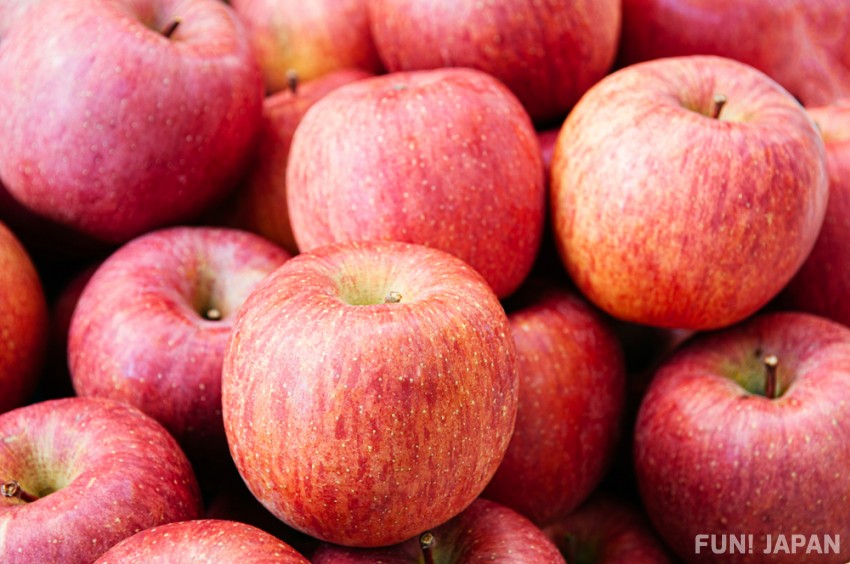
Suppose we have two apples (A & B) with the same sugar content of 12. If the citric acid contained in A is 3% and the citric acid contained in B is 10%, B will taste sour even if the sugar content is the same. However, if you compare different fruits (e.g. apple vs. lemon), it is not easy to tell which one is sweeter just by looking at the sugar content, since the ingredients of the two are totally different in the first place.
The sweetness varies depending on the type of sugar, and the amount of acidity also affects the perception of sweetness, so it seems better to consider the overall "sugar-to-acid ratio (sweetness ratio)" for those who value taste.
To put it simply: If the apple you've bought many times suddenly has its sugar content going sky high, it's time to buy them!
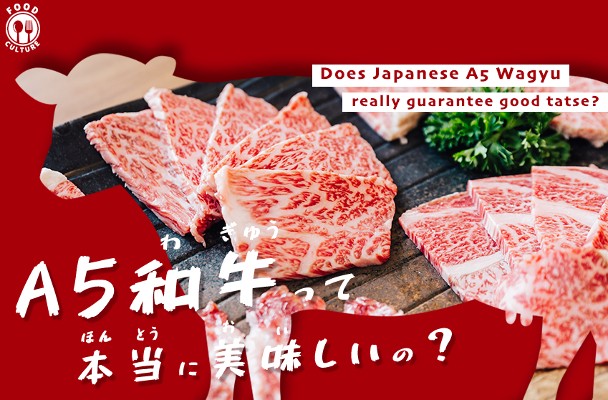
Comments